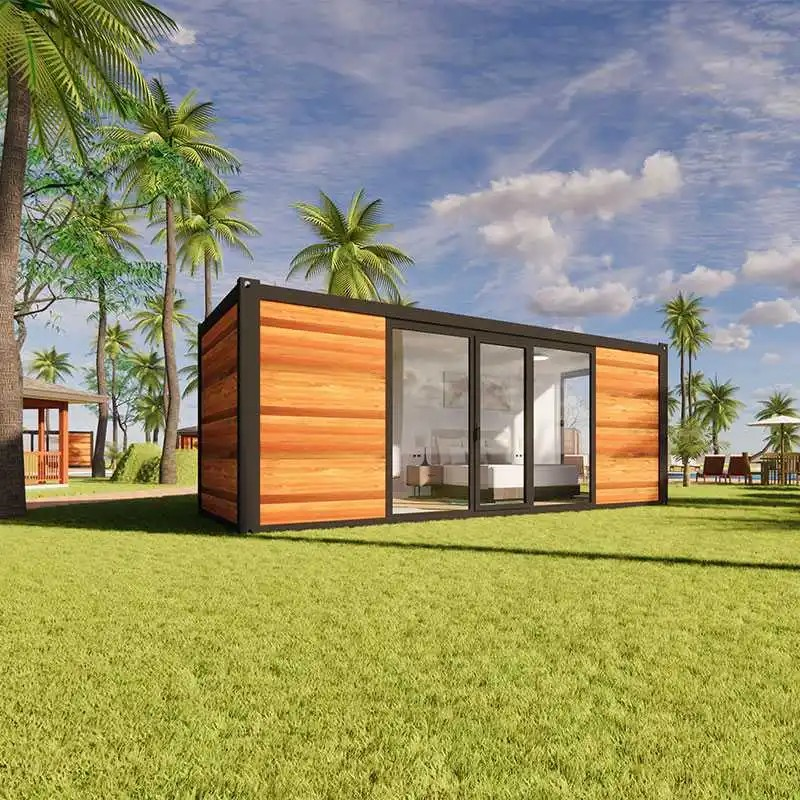In today’s world, container homes have become increasingly popular, especially among young professionals looking for new and sustainable ways to live. These homes are made from old shipping containers, and they offer a new level of affordability, eco-friendliness, and mobility. With a container home, you can have the stylish comfort you want in a home without breaking the bank.
The primary reason container homes are so popular is that they can be cost-effective. Many young professionals struggle with the rapidly rising cost of a traditional home. Thankfully, a container home is cheaper to build and maintain. The ability to modify the design and layout means that individuals can build a home that captures their personal style without going over budget. With so many young professionals hoping to save for the future, this financial flexibility is extremely vital.
Furthermore, container houses are easier to sustain. Young professionals are increasingly prioritizing eco-friendly living options. As a form of homestead, container houses are constructed using recycled materials, which lowers waste and the overall carbon footprint when compared to traditional homes. In addition to that, container houses can be equipped with energy efficient devices including solar panels and rainwater harvesting devices.
A container home’s ability to be moved to an entirely new location adds to the appeal of container homes. For young and adventurous professionals, container homes can be relocated with ease. Be it a new city or just a temporary location, container homes are ideal for those who are always on the go. The container homes provide flexibility that traditional homes simply cannot, and that makes this option attractive to the modern professional.
Finally, container houses encourage community building. Many young professionals look for more than a dwelling; they look for a home base for a network that allows for connection and collaboration. Container home villages are forming, allowing people to reside near others with similar mindsets, share tools, and participate in community activities. The feeling of belonging is crucial right now because isolation is common, and container houses uniquely foster the connections they provide.
To summarize, container houses are appealing to young professionals due to the low cost, ease of mobility, eco-friendliness, and the community building aspect. As this trend evolves, we are bound to see more exciting container home designs and developments that address the growing and changing needs of the younger generation. The creative use of repurposed shipping containers may very well hold the future of housing, and in turn, pave the way towards more sustainable and flexible living.

